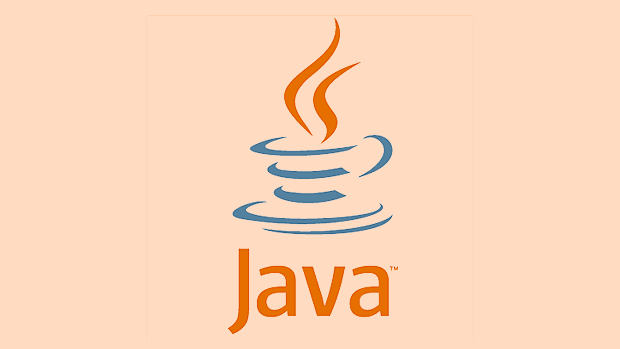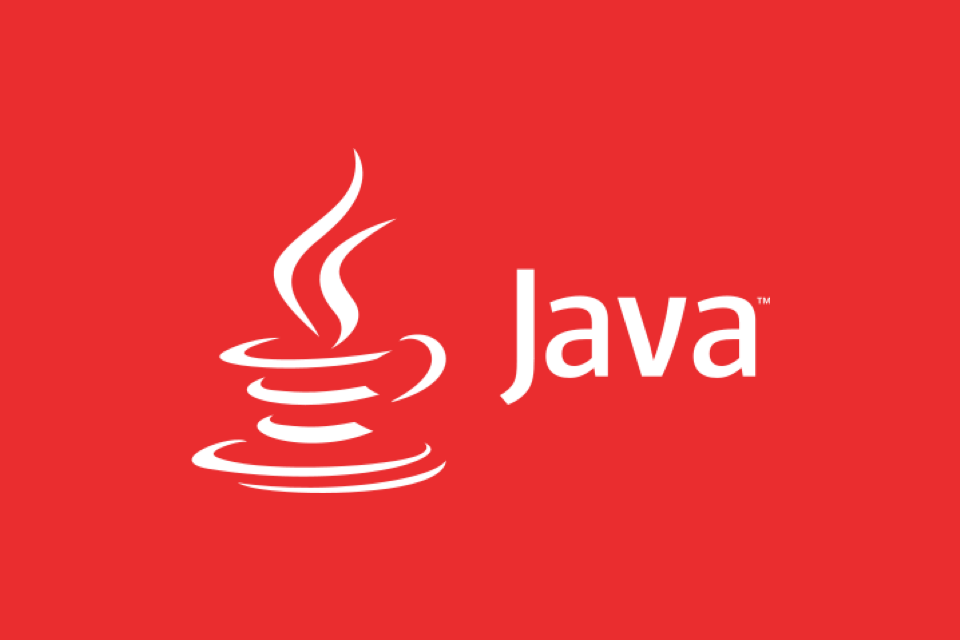Java Native Memory Diagnostics and Tools
Jul 23, 2025 am 12:09 AMConfirm that the Native Memory problem is manifested as normal heap memory but the total process memory is growing, the RES memory is far beyond the -Xmx setting, and an OOM error with Direct buffer or native thread. 1. Use NMT (-XX:NativeMemoryTracking=summary) to track the native memory of JVM, and view the memory trends of modules such as Thread and Internal through jcmd; 2. Pay attention to the leakage of Direct Buffer, use allocateDirect() to not release or the MaxDirectMemorySize setting is unreasonable; 3. Check that too many threads lead to high stack space occupancy, and adjust the thread stack size through -Xss; 4. Troubleshoot the problem of not releasing JNI or third-party library resources, and analyze it in combination with Profiling tools; 5. Use pstack/jstack, valgrind/Massif, VisualVM plug-in and perf to in-depth diagnosis, and use Prometheus Grafana to container environments Monitor RES changes.

Java applications usually encounter memory problems. Most developers are familiar with monitoring and tuning of heap memory, but the problems with Native Memory are easily overlooked. Once native memory leaks or overflows occur, troubleshooting is more complicated. Below are some practical methods and tools to help you diagnose Native Memory problems in Java.

How to confirm that it is a Native Memory problem?
The memory used by Java processes not only includes heap memory (Heap), but also non-heap memory (Non-Heap) and native memory. If you find:
- Heap memory is used normally, but the total process memory continues to grow
- Use
toporhtopto see that the RES memory occupied by the Java process is much larger than-Xmxsetting value - OutOfMemoryError
OutOfMemoryError: Direct buffer memoryorOutOfMemoryError: unable to create new native thread
All of these may be something wrong with Native Memory.

At this time, don’t just focus on the heap memory, change your thinking and start from the system level.
Enable Native Memory Tracking: NMT
JDK comes with a very useful tool called Native Memory Tracking (NMT for short). It can count the native memory used by the JVM itself.

The enable method is very simple, add:
-XX:NativeMemoryTracking=[summary|summary,shutdown|detailed]
for example:
java -XX:NativeMemoryTracking=summary -jar your_app.jar
You can then view it through the command:
jcmd <pid> VM.native_memory
The memory usage of different modules will be listed in the output result, such as:
- Java Heap
- Thread
- Code
- GC
- Internal
- Malloced
- Arena Chunk
Focus on growth trends in Thread and Internal modules. If these two parts continue to rise, it is likely that it is a thread leak or some native resources are not released.
Common reasons for Native Memory growth
-
Direct Buffer Leak
- The memory allocated using
ByteBuffer.allocateDirect()belongs to Native Memory. - If not closed or recycled correctly, memory accumulation can occur.
- The upper limit can be controlled by
-XX:MaxDirectMemorySize.
- The memory allocated using
-
Too many threads
- Each thread allocates a certain size of stack space by default (usually 1MB).
- If the application creates a large number of threads, native memory will also skyrocket.
- The thread stack size can be adjusted by
-Xss, but not too small, otherwise StackOverflowError may be triggered.
-
Improper use of JNI or third-party libraries
- When using JNI or libraries that rely on native implementations such as Netty and FFmpeg, if resources are not released, it may also cause leakage.
- This type of problem generally needs to be further analyzed by referring to the specific library documentation or using the Profiling tool.
Cooperate with other tools to assist in diagnosis
In addition to NMT, you can also conduct in-depth investigations with the following tools:
- pstack / jstack : Check the thread status and determine whether there are a large number of threads in the new or blocked state.
- valgrind / Massif (Linux): Can be used to detect memory leaks in the native layer, suitable for C/C extensions or embedded scenarios.
- VisualVM Native Memory Tracker Plugin : Graphically demonstrates Native Memory usage.
- perf : used to analyze CPU and memory hotspots.
If it is a container environment, you can also use Prometheus Grafana to monitor the RES memory trends.
Basically these methods and tools. Troubleshooting Native Memory problems is not as intuitive as heap memory, but it actually has traces to follow. The key is to first confirm whether this type of problem is, and then use appropriate tools to locate the root cause.
The above is the detailed content of Java Native Memory Diagnostics and Tools. For more information, please follow other related articles on the PHP Chinese website!

Hot AI Tools

Undress AI Tool
Undress images for free

Undresser.AI Undress
AI-powered app for creating realistic nude photos

AI Clothes Remover
Online AI tool for removing clothes from photos.

Clothoff.io
AI clothes remover

Video Face Swap
Swap faces in any video effortlessly with our completely free AI face swap tool!

Hot Article

Hot Tools

Notepad++7.3.1
Easy-to-use and free code editor

SublimeText3 Chinese version
Chinese version, very easy to use

Zend Studio 13.0.1
Powerful PHP integrated development environment

Dreamweaver CS6
Visual web development tools

SublimeText3 Mac version
God-level code editing software (SublimeText3)
 How to handle transactions in Java with JDBC?
Aug 02, 2025 pm 12:29 PM
How to handle transactions in Java with JDBC?
Aug 02, 2025 pm 12:29 PM
To correctly handle JDBC transactions, you must first turn off the automatic commit mode, then perform multiple operations, and finally commit or rollback according to the results; 1. Call conn.setAutoCommit(false) to start the transaction; 2. Execute multiple SQL operations, such as INSERT and UPDATE; 3. Call conn.commit() if all operations are successful, and call conn.rollback() if an exception occurs to ensure data consistency; at the same time, try-with-resources should be used to manage resources, properly handle exceptions and close connections to avoid connection leakage; in addition, it is recommended to use connection pools and set save points to achieve partial rollback, and keep transactions as short as possible to improve performance.
 Python for Data Engineering ETL
Aug 02, 2025 am 08:48 AM
Python for Data Engineering ETL
Aug 02, 2025 am 08:48 AM
Python is an efficient tool to implement ETL processes. 1. Data extraction: Data can be extracted from databases, APIs, files and other sources through pandas, sqlalchemy, requests and other libraries; 2. Data conversion: Use pandas for cleaning, type conversion, association, aggregation and other operations to ensure data quality and optimize performance; 3. Data loading: Use pandas' to_sql method or cloud platform SDK to write data to the target system, pay attention to writing methods and batch processing; 4. Tool recommendations: Airflow, Dagster, Prefect are used for process scheduling and management, combining log alarms and virtual environments to improve stability and maintainability.
 How to work with Calendar in Java?
Aug 02, 2025 am 02:38 AM
How to work with Calendar in Java?
Aug 02, 2025 am 02:38 AM
Use classes in the java.time package to replace the old Date and Calendar classes; 2. Get the current date and time through LocalDate, LocalDateTime and LocalTime; 3. Create a specific date and time using the of() method; 4. Use the plus/minus method to immutably increase and decrease the time; 5. Use ZonedDateTime and ZoneId to process the time zone; 6. Format and parse date strings through DateTimeFormatter; 7. Use Instant to be compatible with the old date types when necessary; date processing in modern Java should give priority to using java.timeAPI, which provides clear, immutable and linear
 Comparing Java Frameworks: Spring Boot vs Quarkus vs Micronaut
Aug 04, 2025 pm 12:48 PM
Comparing Java Frameworks: Spring Boot vs Quarkus vs Micronaut
Aug 04, 2025 pm 12:48 PM
Pre-formanceTartuptimeMoryusage, Quarkusandmicronautleadduetocompile-Timeprocessingandgraalvsupport, Withquarkusoftenperforminglightbetterine ServerLess scenarios.2.Thyvelopecosyste,
 How does garbage collection work in Java?
Aug 02, 2025 pm 01:55 PM
How does garbage collection work in Java?
Aug 02, 2025 pm 01:55 PM
Java's garbage collection (GC) is a mechanism that automatically manages memory, which reduces the risk of memory leakage by reclaiming unreachable objects. 1.GC judges the accessibility of the object from the root object (such as stack variables, active threads, static fields, etc.), and unreachable objects are marked as garbage. 2. Based on the mark-clearing algorithm, mark all reachable objects and clear unmarked objects. 3. Adopt a generational collection strategy: the new generation (Eden, S0, S1) frequently executes MinorGC; the elderly performs less but takes longer to perform MajorGC; Metaspace stores class metadata. 4. JVM provides a variety of GC devices: SerialGC is suitable for small applications; ParallelGC improves throughput; CMS reduces
 Using HTML `input` Types for User Data
Aug 03, 2025 am 11:07 AM
Using HTML `input` Types for User Data
Aug 03, 2025 am 11:07 AM
Choosing the right HTMLinput type can improve data accuracy, enhance user experience, and improve usability. 1. Select the corresponding input types according to the data type, such as text, email, tel, number and date, which can automatically checksum and adapt to the keyboard; 2. Use HTML5 to add new types such as url, color, range and search, which can provide a more intuitive interaction method; 3. Use placeholder and required attributes to improve the efficiency and accuracy of form filling, but it should be noted that placeholder cannot replace label.
 Comparing Java Build Tools: Maven vs. Gradle
Aug 03, 2025 pm 01:36 PM
Comparing Java Build Tools: Maven vs. Gradle
Aug 03, 2025 pm 01:36 PM
Gradleisthebetterchoiceformostnewprojectsduetoitssuperiorflexibility,performance,andmoderntoolingsupport.1.Gradle’sGroovy/KotlinDSLismoreconciseandexpressivethanMaven’sverboseXML.2.GradleoutperformsMaveninbuildspeedwithincrementalcompilation,buildcac
 go by example defer statement explained
Aug 02, 2025 am 06:26 AM
go by example defer statement explained
Aug 02, 2025 am 06:26 AM
defer is used to perform specified operations before the function returns, such as cleaning resources; parameters are evaluated immediately when defer, and the functions are executed in the order of last-in-first-out (LIFO); 1. Multiple defers are executed in reverse order of declarations; 2. Commonly used for secure cleaning such as file closing; 3. The named return value can be modified; 4. It will be executed even if panic occurs, suitable for recovery; 5. Avoid abuse of defer in loops to prevent resource leakage; correct use can improve code security and readability.






